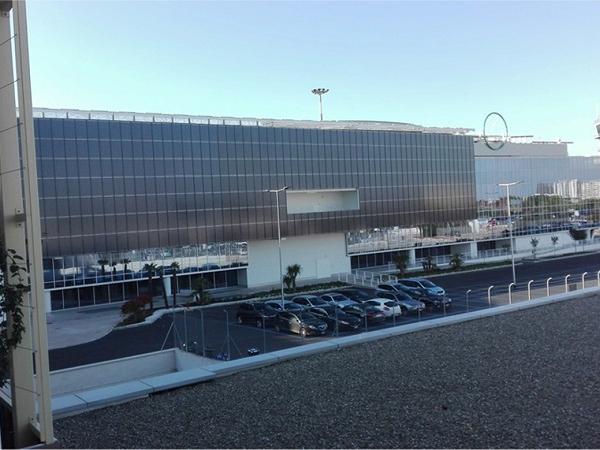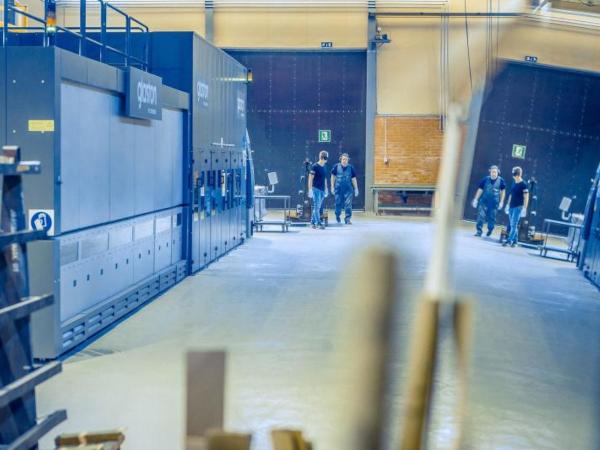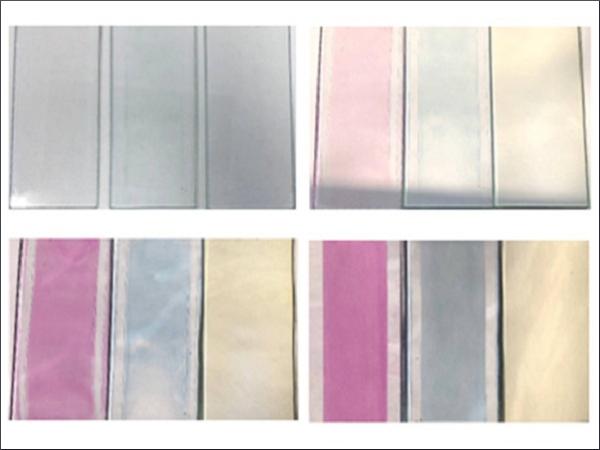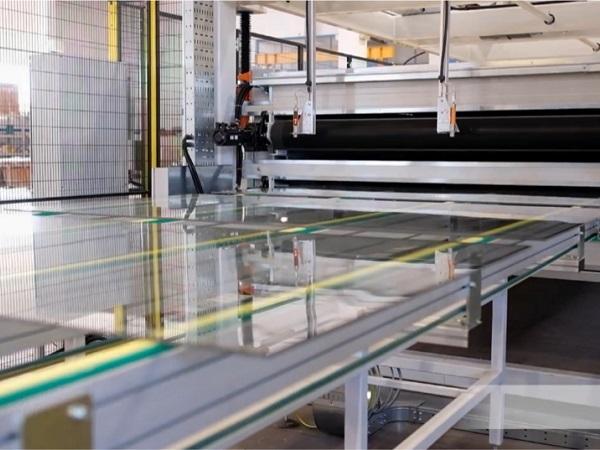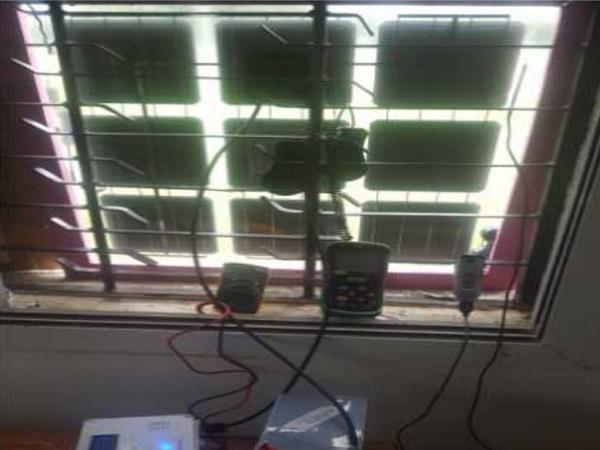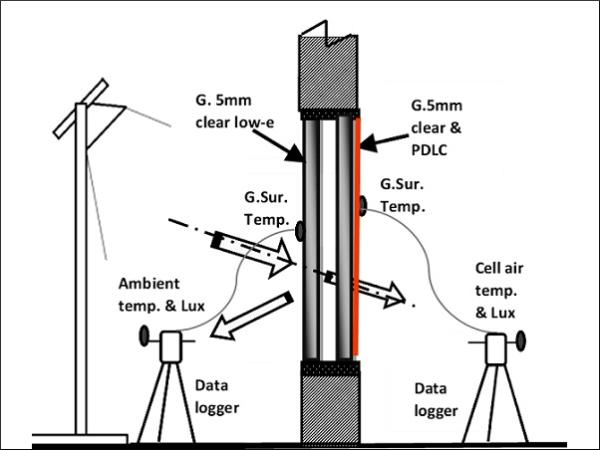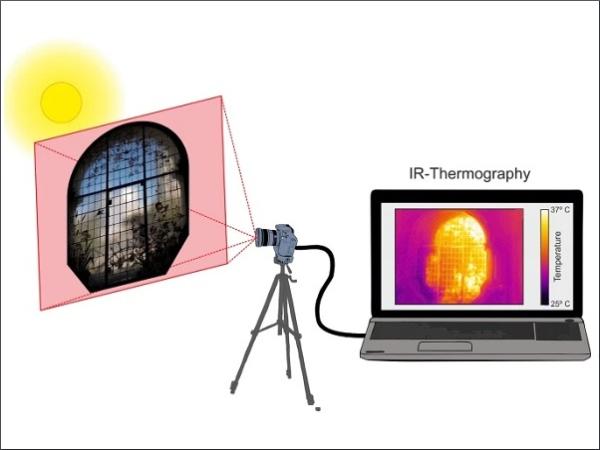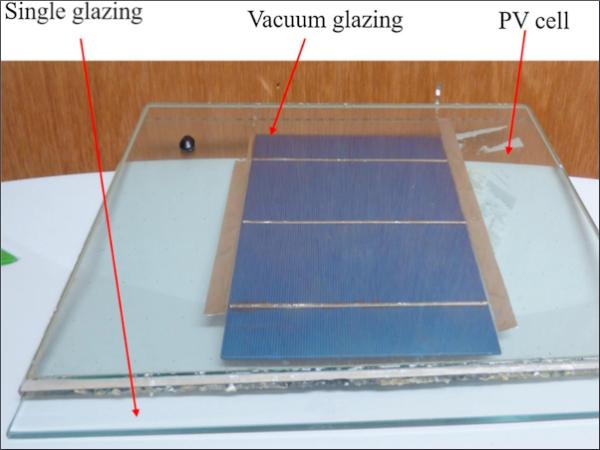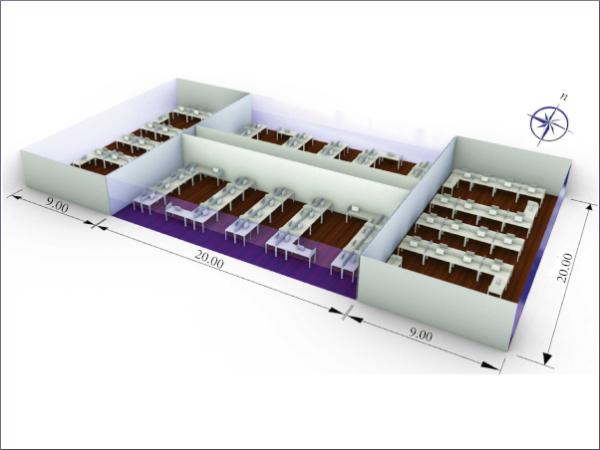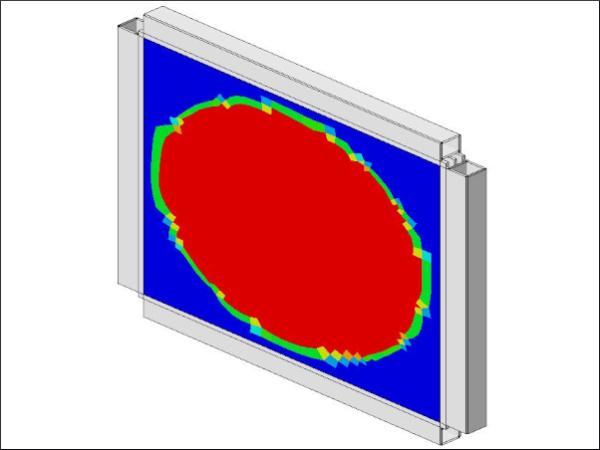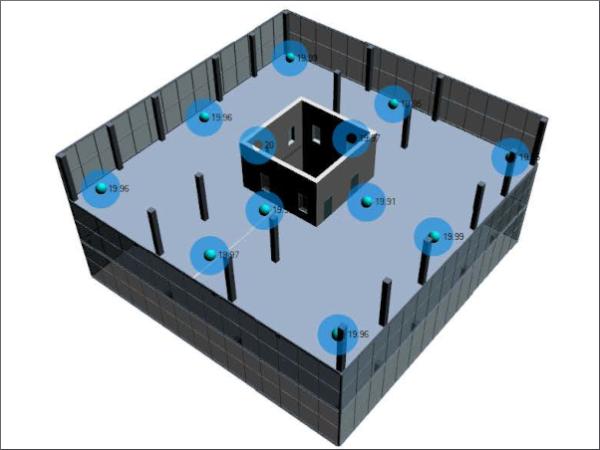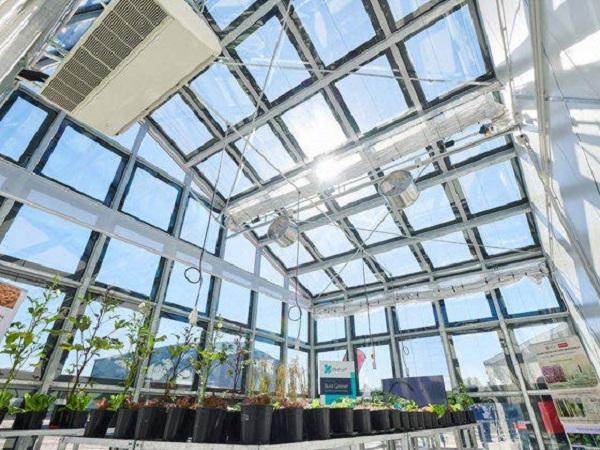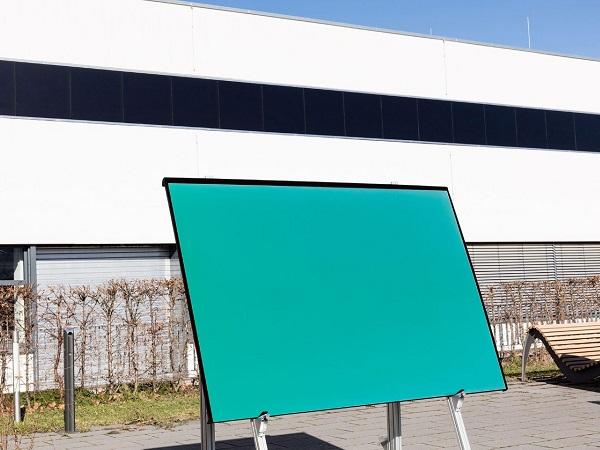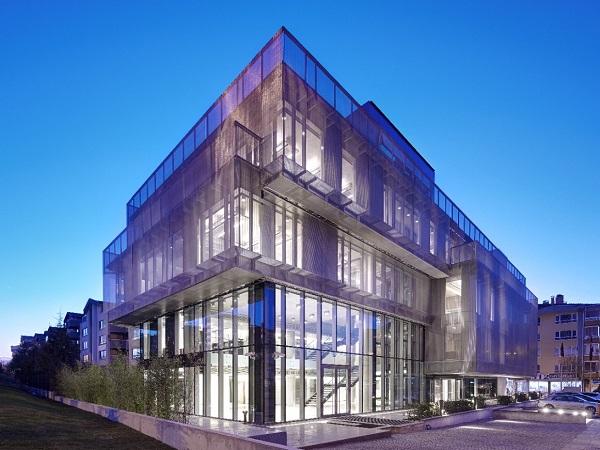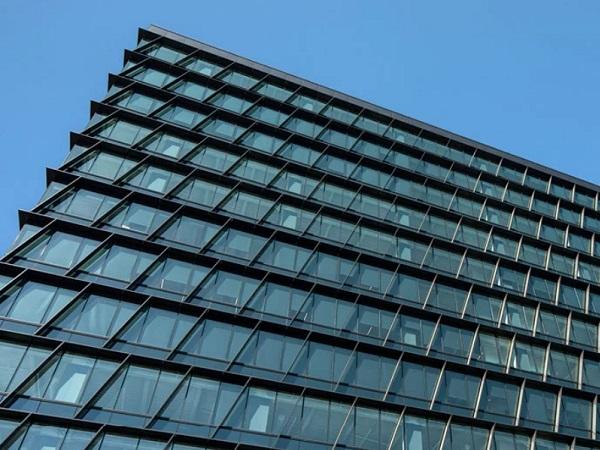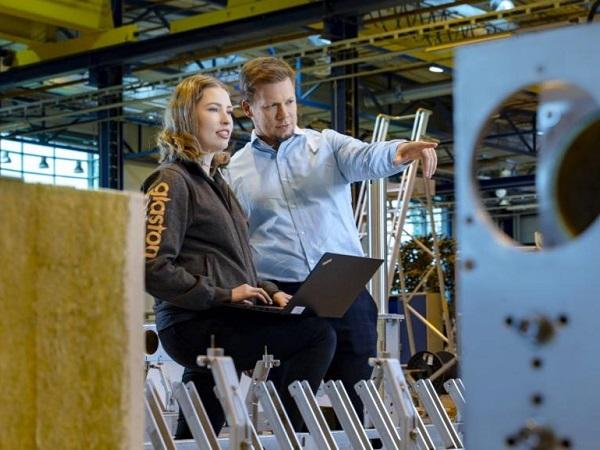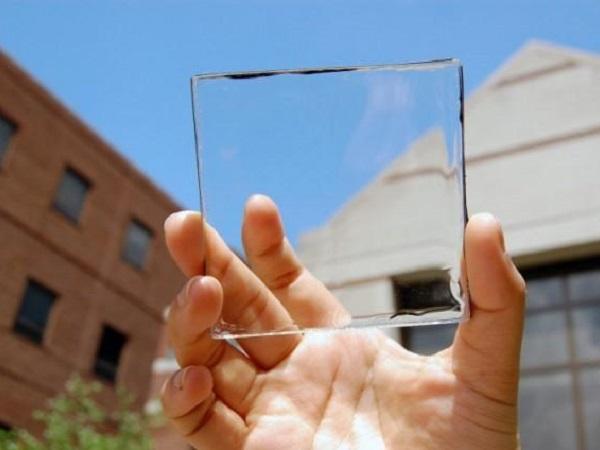Others also read
| This paper focuses on the fire safety aspects related to the use of fire PV panels and systems in building facades.
| Read the latest Glastory blog by Taneli Ylinen.
| Explosion events represent an extraordinary action for buildings and especially for the building envelope.
| This paper examines the visual performance of building facades that utilize windows with different photochromic-coated glass.
| This text provides an overview of the PhotoVoltaic lamination process. It examines the differences between various types of laminators, and outlines the process flow for each. It also provides an example of a typical cycle time for EVA/POE lamination.
| Investigations of Electrical and Optical Performances for Window Applications in Tropical Region
| This paper aims to contribute to this topic by examining the potential of a smart window system that has double dynamic insulated glazing in preventing heat gain and maximising daylight indoors.
| This work presents the results of the evaluation of two Art Nouveau glass windows from the Casa-Museu Dr. Anastácio Gonçalves (Lisbon, Portugal) with IR-thermography during the summer solstice.
| In this work, thermal and electrical performances of a multicrystalline silicon based PV-vacuum glazing were characterised using indoor test cell.
| In the article, the focus is on an overview of several norms, standards, and research that address the issue of resilience of window systems.
| Abatement of the high building energy is possible by employing semitransparent photovoltaic window which has triple point advantages as they control the admitted solar gain and daylight and generates benign electricity.
| This paper presents some of major outcomes of Finite Element (FE) numerical methods and simulations that have been explored in the framework of the GLASS-SHARD research project for glass windows and facades under explosion or soft-body impact.
| A new BIM tool processing IEQ data input for building management and energetic optimizations
| Introducing BIPV and WIPV solar window systems
| This paper gives an overview of the requirements of a ship structure, and more specifically yacht structures, and describes the challenges associated with using glass as a fully integrated structural component.
| Industrial manufacture of solar building components and their integration into the building planning process
| In glass tempering, we look for equipment that uses less energy, leading to fewer emissions. But sometimes, the numbers are too good to be true.
| Making new and existing buildings as energy efficient as possible is one way to help meet the EU’s CO2 reduction goals.
| The significance of balancing operational and embodied carbon continues to grow.
| Global environmental concern is motivating efforts to improve energy efficiency in all industrial sectors. And glass tempering is no exception.
| There are parts of the window inside the glass that play a crucial role in its performance.
| Glass production is an energy-intensive process by its nature, so even small reductions there can result in considerable savings in energy and costs.
| I want you to think about your daily journey to work. Take a minute, visualize it – and then answer me this: How many glass surfaces did you see? Too many to remember?
| A clean, safe and sustainable source of energy, solar continues to power the world at a faster pace than ever before.

